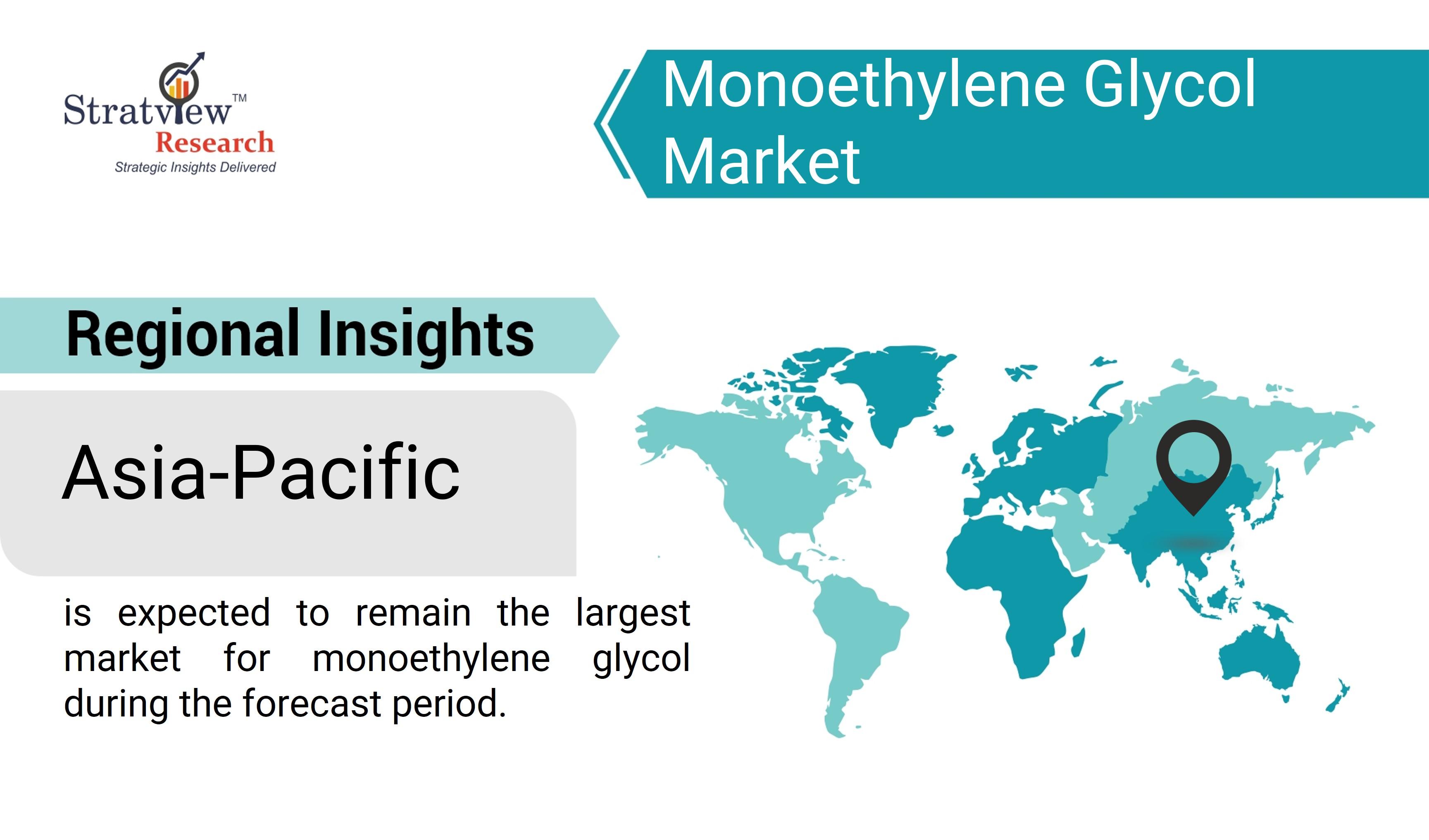Navigating Challenges and Opportunities in the Monoethylene Glycol Market

The monoethylene glycol (MEG) market plays a crucial role in industries such as textiles, packaging, and automotive. As a vital raw material in the production of polyester fibers, polyethylene terephthalate (PET) resins, and antifreeze, monoethylene glycol demand is tied to these diverse sectors. However, the market faces a combination of challenges and opportunities as it adapts to changing economic, environmental, and technological landscapes. This article explores key challenges and the opportunities available in the monoethylene glycol market.
According to Stratview Research, the monoethylene glycol market was estimated at USD 5.77 billion in 2022 and is likely to grow at a CAGR of 3.52% during 2023-2028 to reach USD 7.1 billion in 2028.
Challenges
- Fluctuating Raw Material Costs
One of the primary challenges faced by the monoethylene glycol market is the volatility of raw material prices. Monoethylene glycol is primarily produced from ethylene, which is derived from crude oil and natural gas. The fluctuations in oil prices and supply chain disruptions can significantly impact the cost of production, leading to pricing instability in the monoethylene glycol market. Companies that rely heavily on monoethylene glycol are vulnerable to these fluctuations, which can affect profitability and long-term planning.
- Environmental Regulations and Sustainability Concerns
Growing awareness of environmental sustainability and stricter regulations surrounding petrochemical production present another significant challenge. The traditional production of monoethylene glycol is energy-intensive and results in substantial greenhouse gas emissions. As governments and organizations push for greener alternatives, manufacturers are under pressure to adopt more sustainable production practices. Companies that fail to transition to more eco-friendly methods may face reputational risks and financial penalties.
- Competition from Bio-based Alternatives
The rise of bio-based monoethylene glycol, produced from renewable sources such as sugarcane and corn, is challenging the dominance of conventional, petrochemical-based monoethylene glycol. As consumers and industries increasingly prioritize sustainability, bio-based monoethylene glycol is gaining popularity, particularly in sectors such as textiles and packaging. This shift presents a challenge to traditional monoethylene glycol producers, who must adapt or risk losing market share.
Opportunities
- Expansion in Emerging Markets
Despite these challenges, the monoethylene glycol market presents significant growth opportunities, particularly in emerging markets. Regions such as Asia-Pacific, especially China and India, are experiencing rapid industrialization and urbanization. The rising demand for textiles, automotive products, and packaged goods in these regions is driving the need for monoethylene glycol. Companies that strategically invest in these high-growth markets stand to benefit from increased demand.
- Sustainability and Bio-based Monoethylene Glycol
The growing demand for eco-friendly alternatives is not just a challenge but also a massive opportunity. Manufacturers investing in bio-based monoethylene glycol are positioning themselves as leaders in sustainable production, gaining a competitive advantage in the market. As industries, particularly textiles and packaging, increasingly focus on reducing their environmental footprint, the demand for bio-based monoethylene glycol will continue to rise.
- Technological Innovation
Technological advancements in monoethylene glycol production offer opportunities to improve efficiency and reduce environmental impact. The development of innovative catalytic processes and energy-efficient refining technologies can help manufacturers reduce costs while meeting environmental standards. Companies that invest in R&D to enhance their production capabilities will be better equipped to navigate the market's evolving challenges.
Conclusion
The monoethylene glycol market faces a combination of challenges and opportunities, from fluctuating raw material costs and environmental pressures to growing demand in emerging markets and the rise of bio-based alternatives. By embracing sustainability, exploring technological innovations, and strategically positioning themselves in high-growth regions, companies can overcome these challenges and capitalize on the vast opportunities that lie ahead.
- Questions and Answers
- Opinion
- Motivational and Inspiring Story
- Technology
- Live and Let live
- Focus
- Geopolitics
- Military-Arms/Equipment
- Security
- Economy
- Beasts of Nations
- Machine Tools-The “Mother Industry”
- Art
- Causes
- Crafts
- Dance
- Drinks
- Film/Movie
- Fitness
- Food
- Games
- Gardening
- Health
- Home
- Literature
- Music
- Networking
- Other
- Party
- Religion
- Shopping
- Sports
- Theater
- Health and Wellness
- News
- Culture

